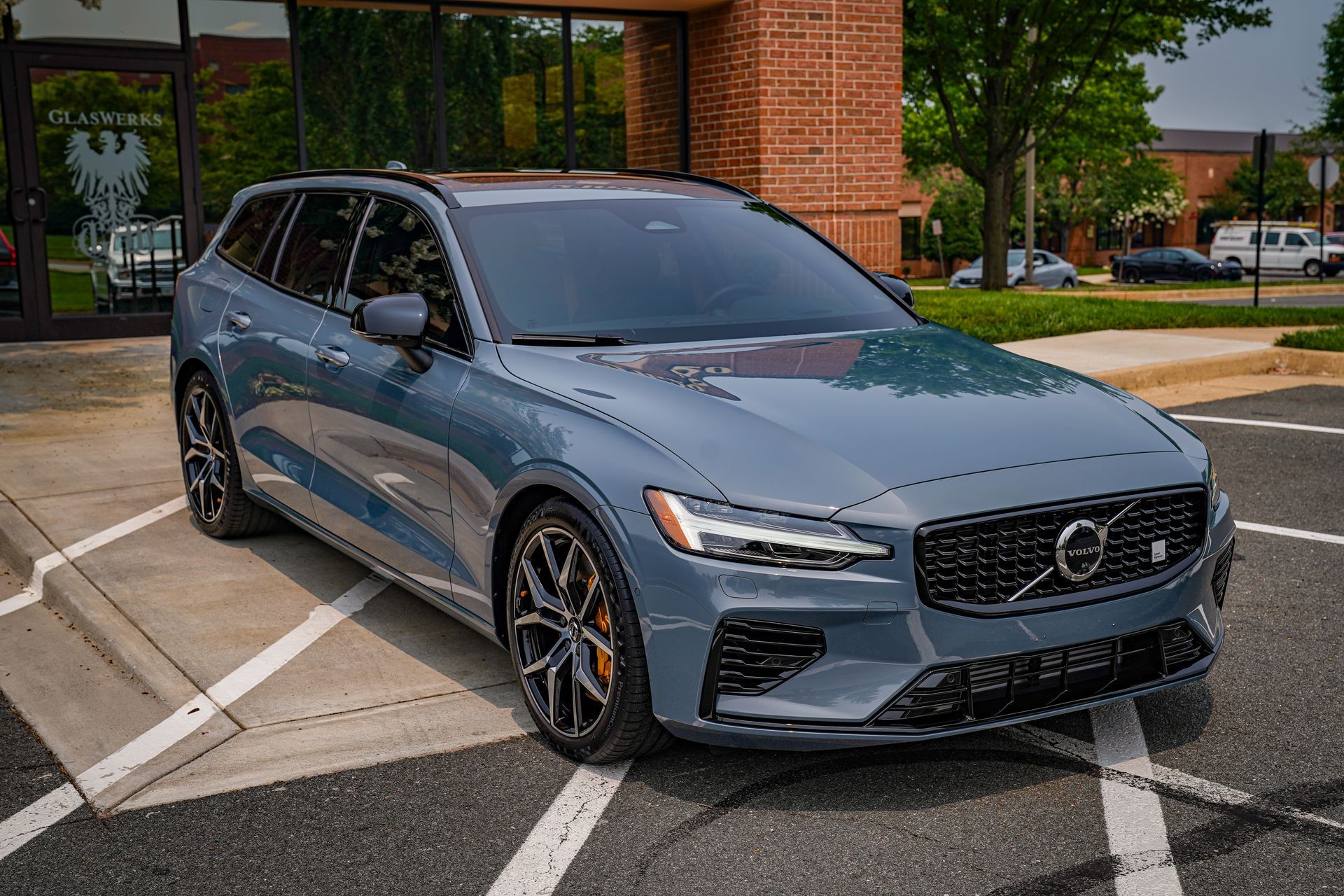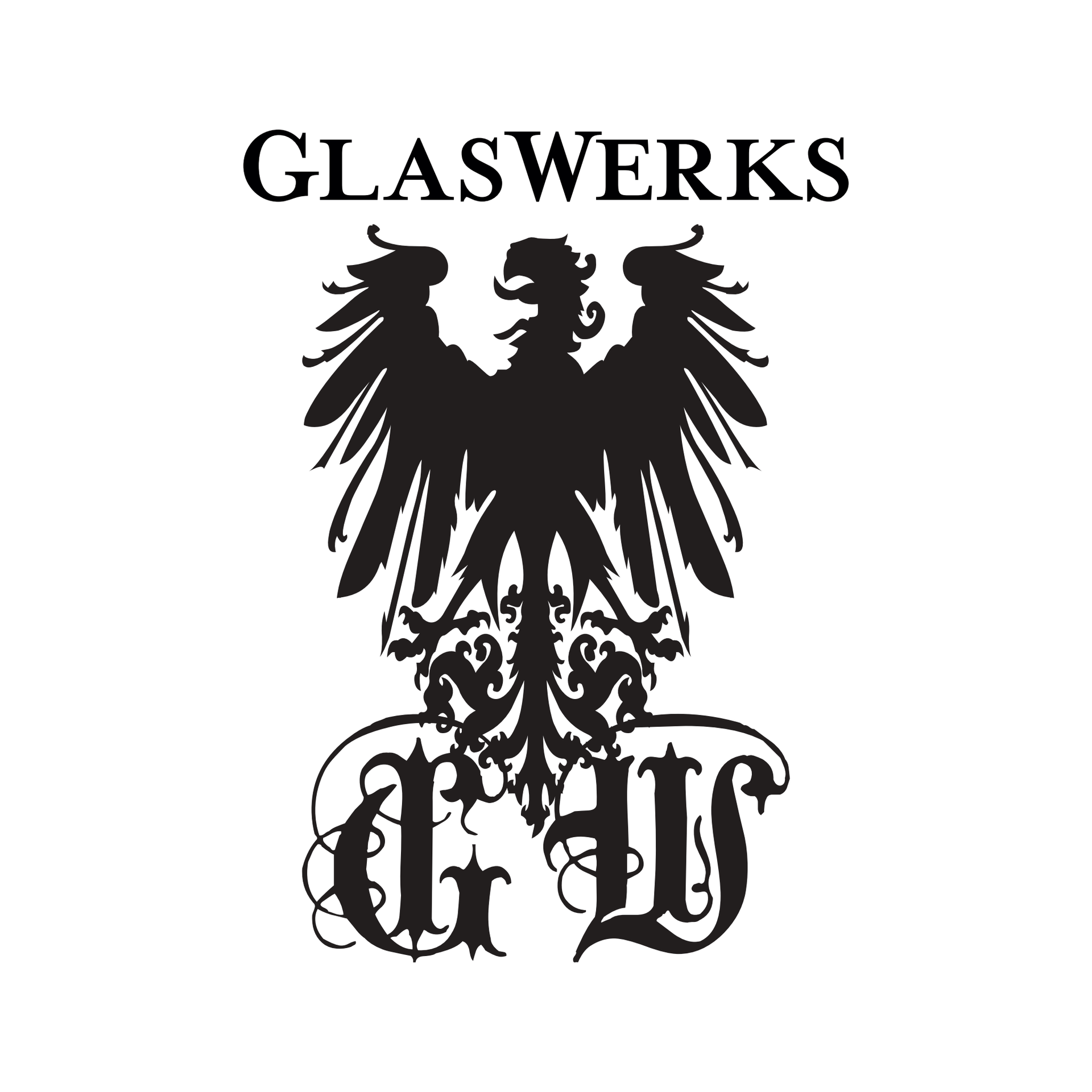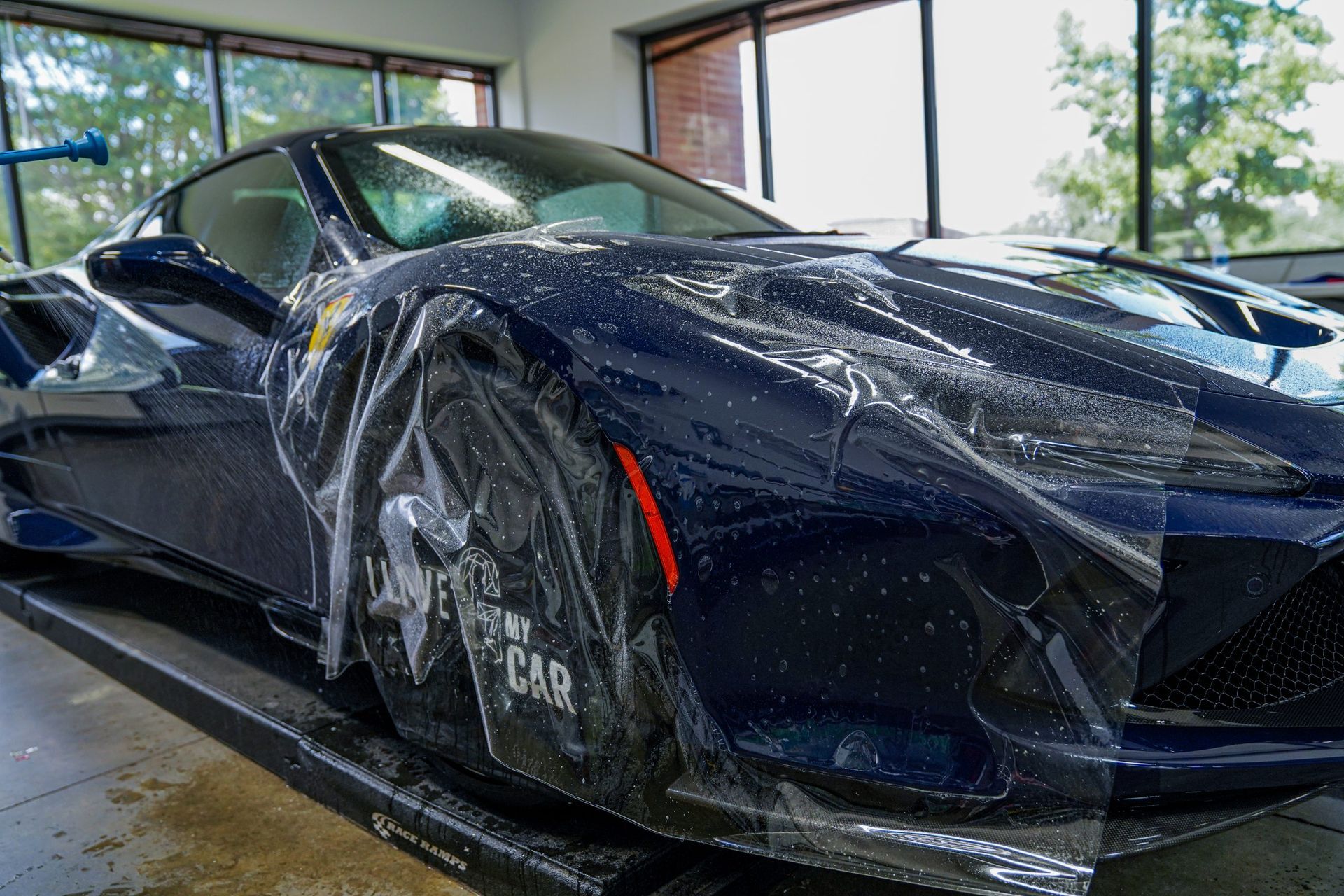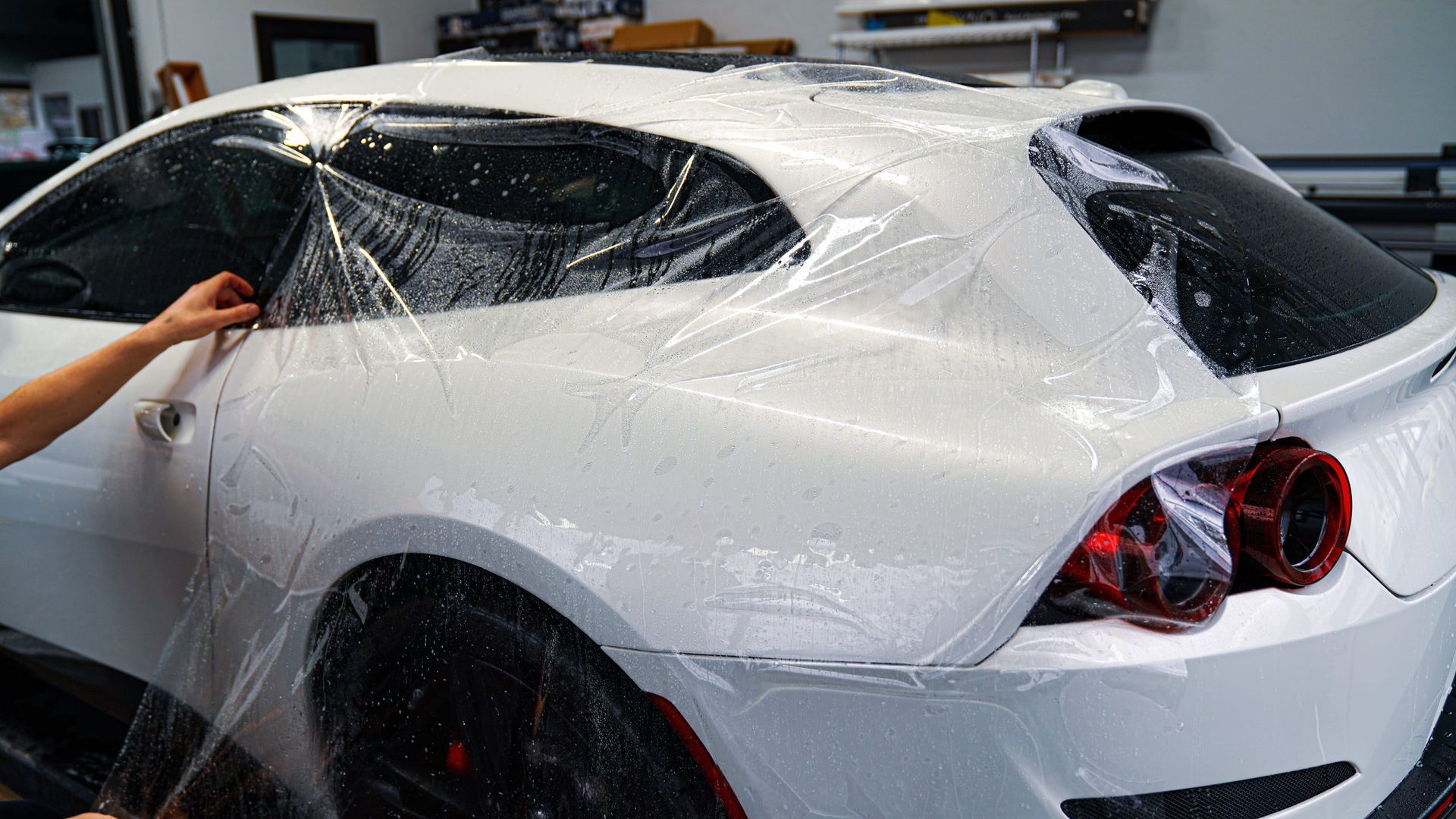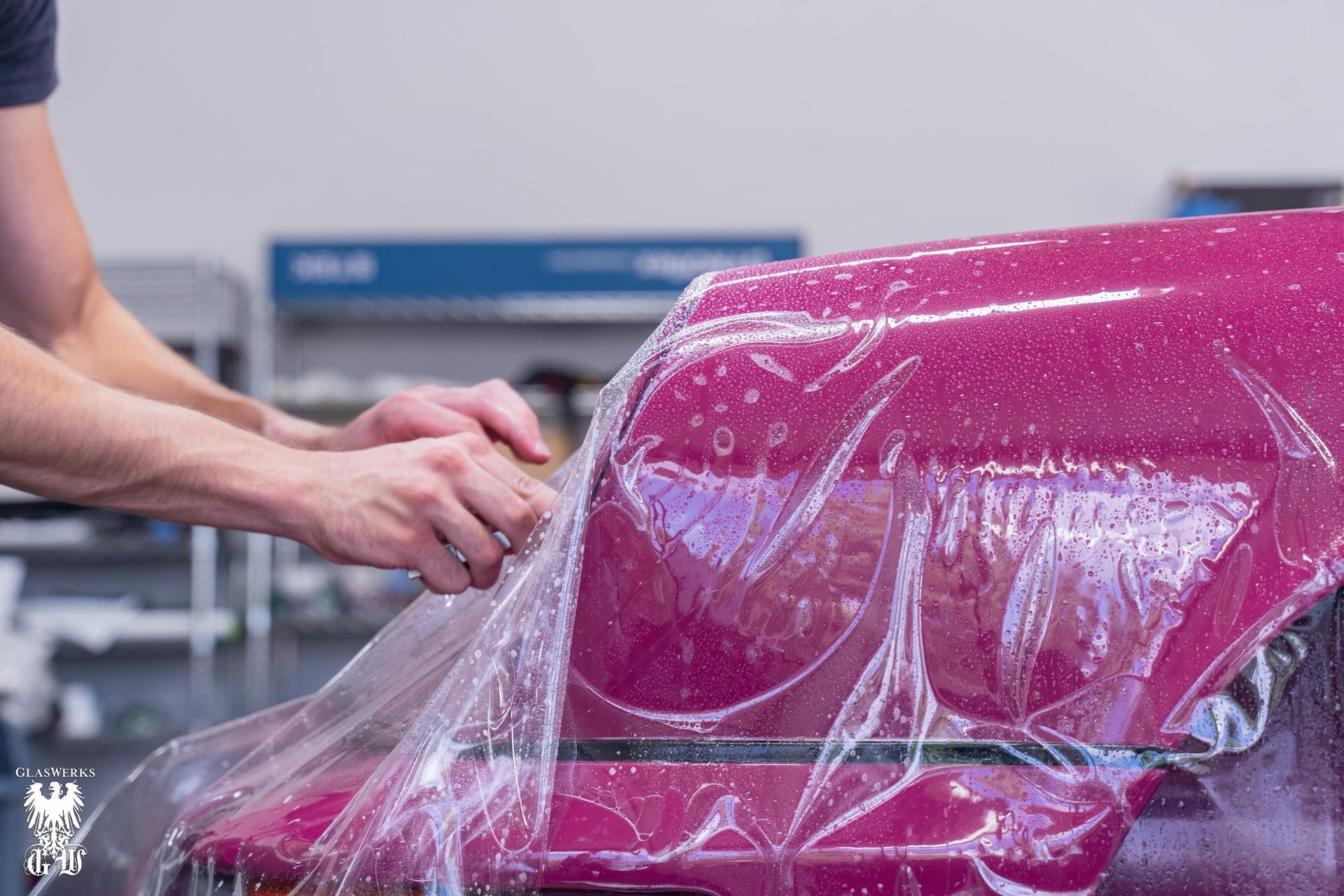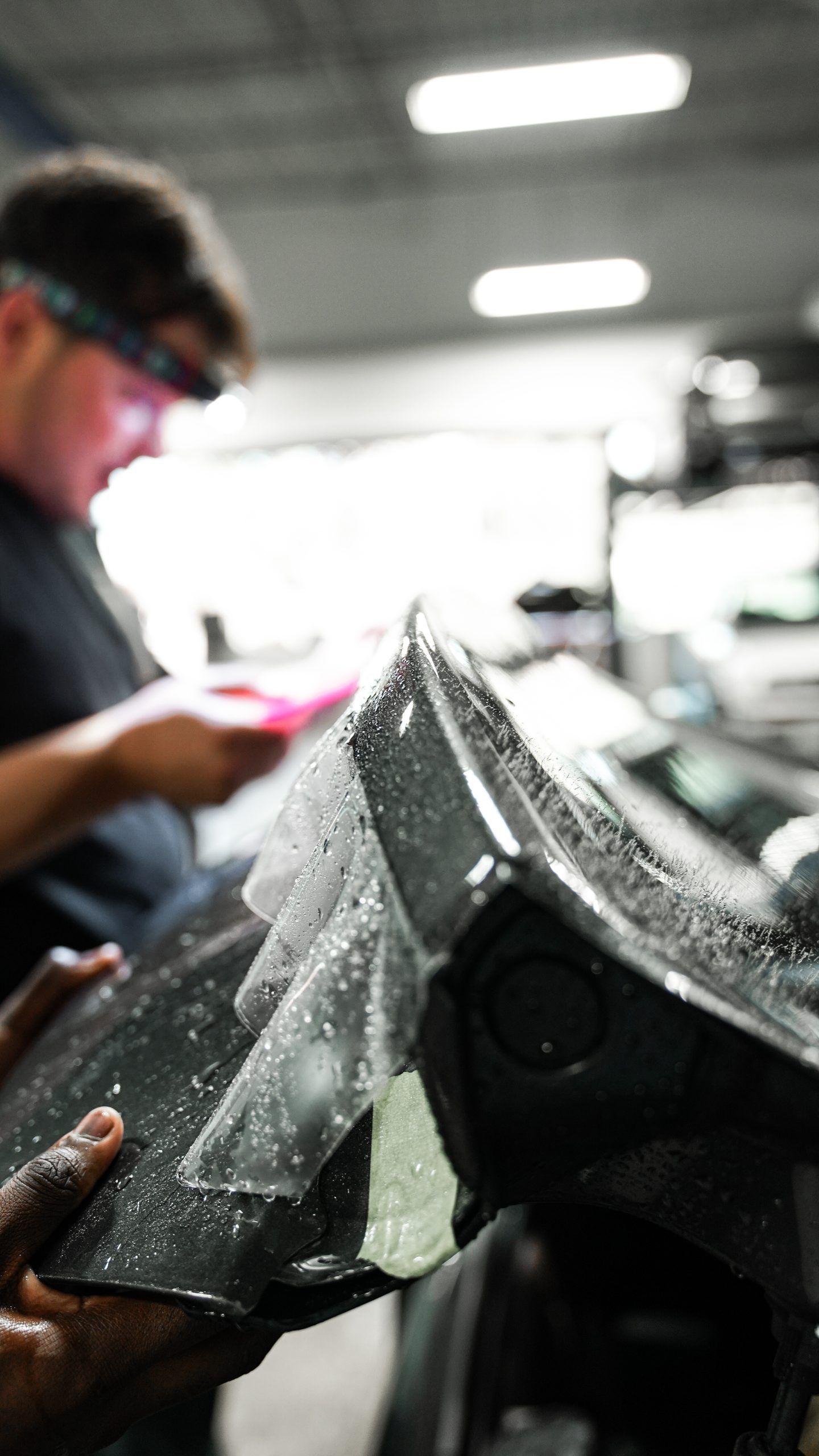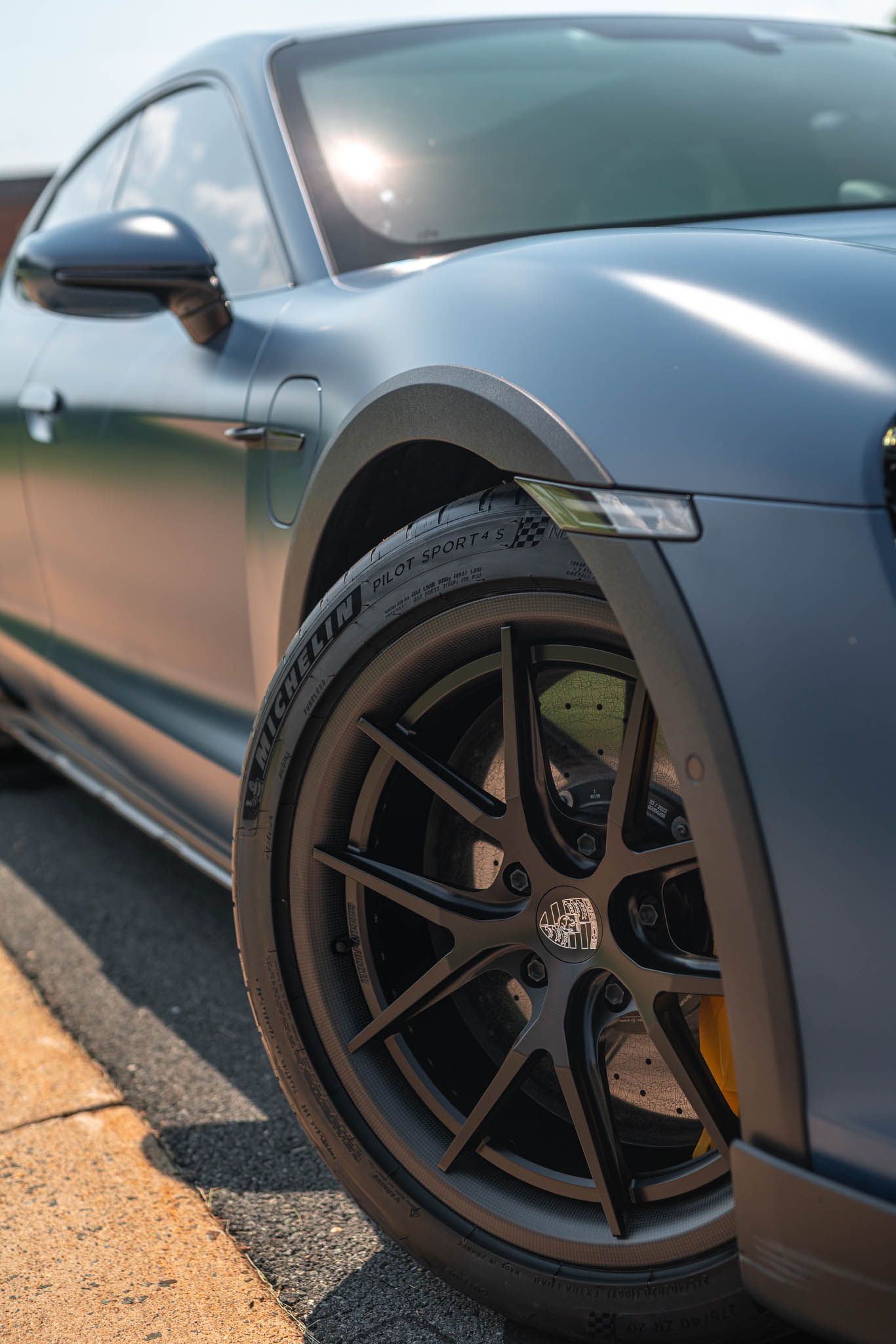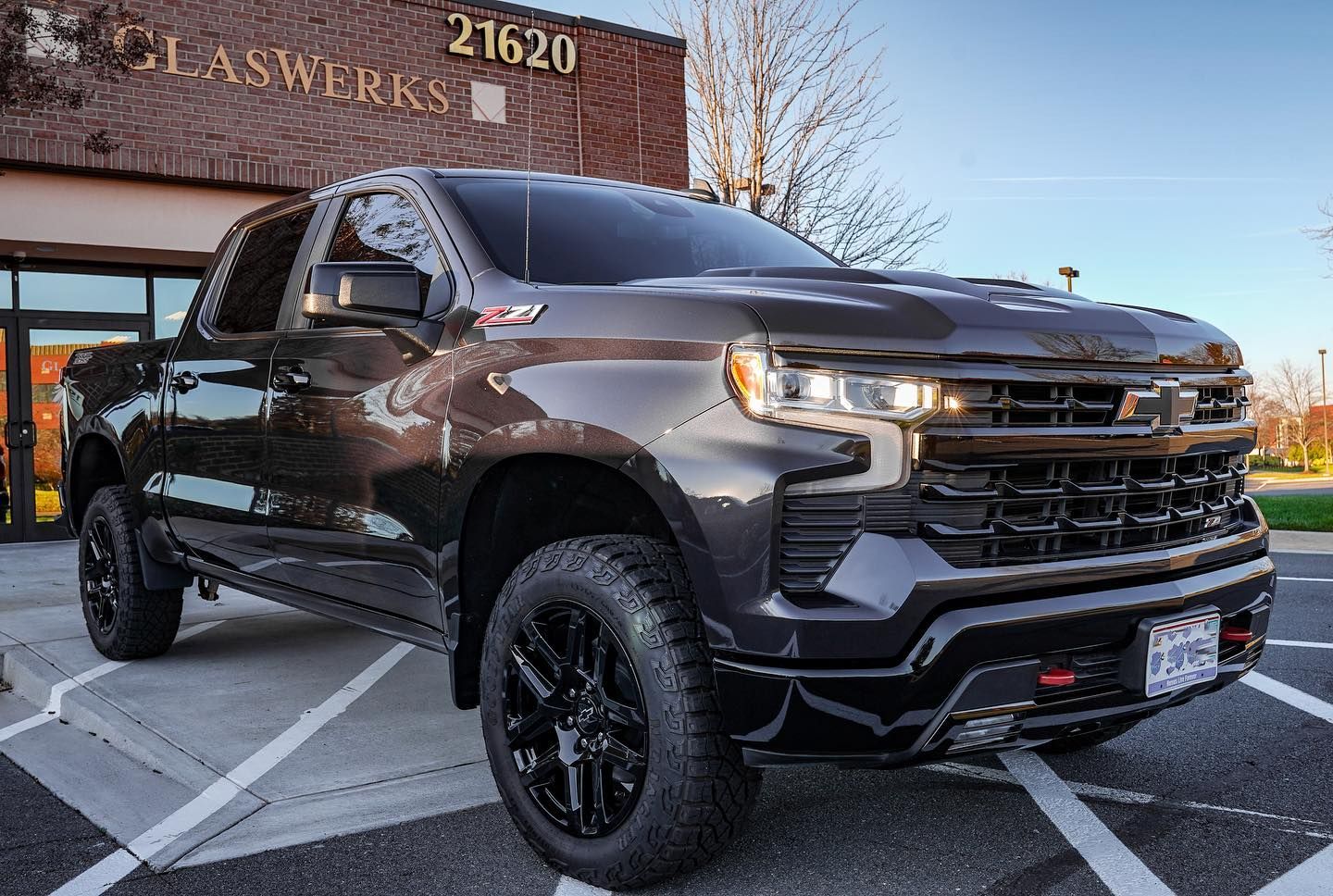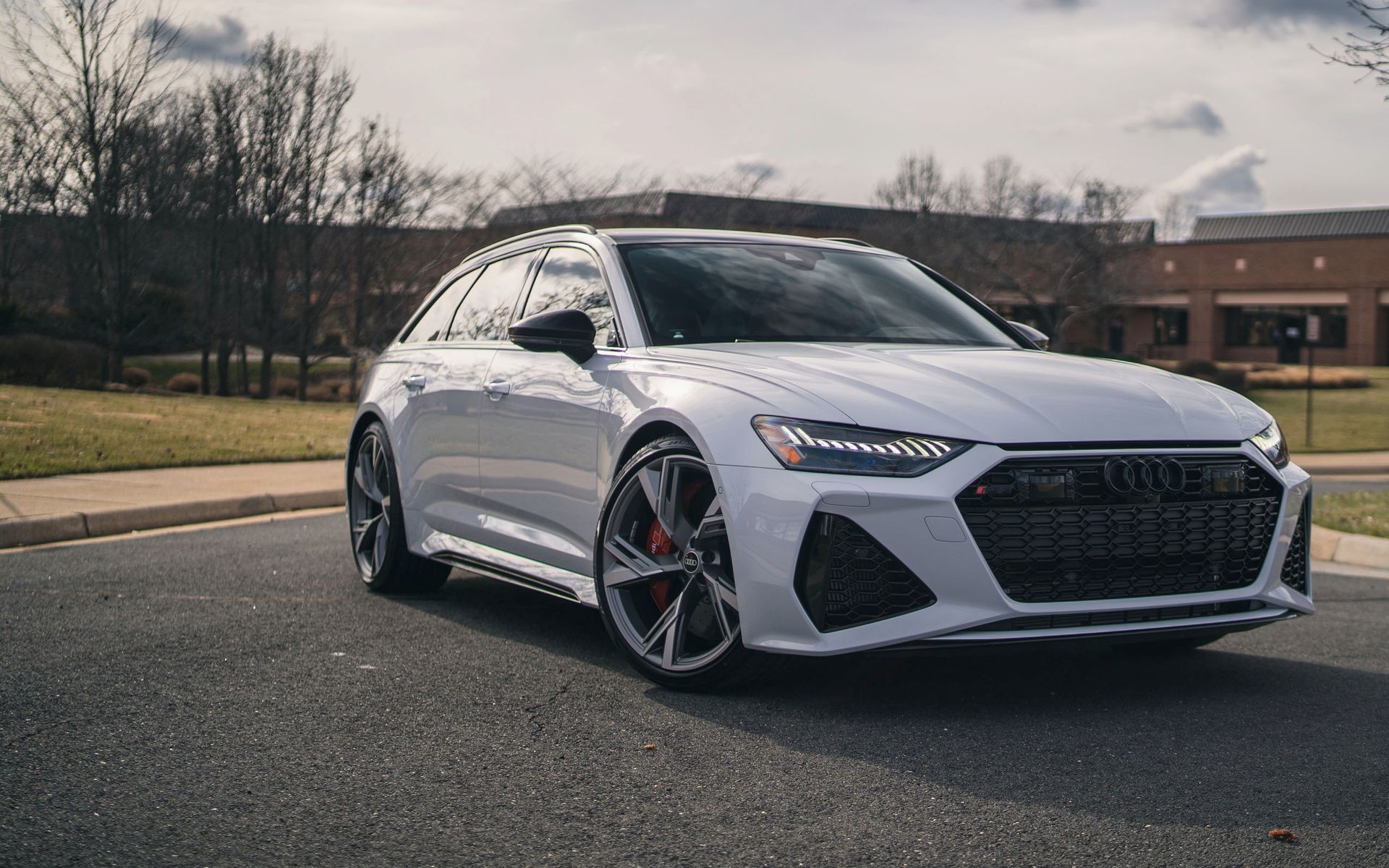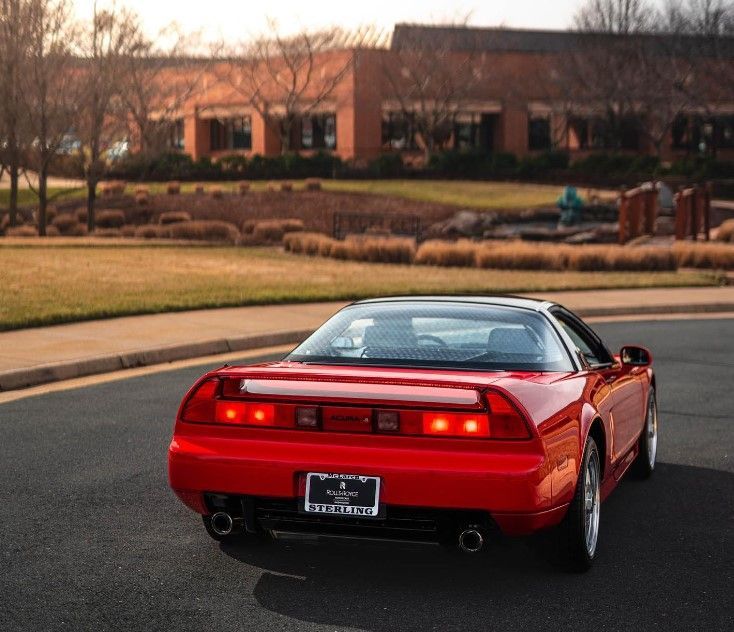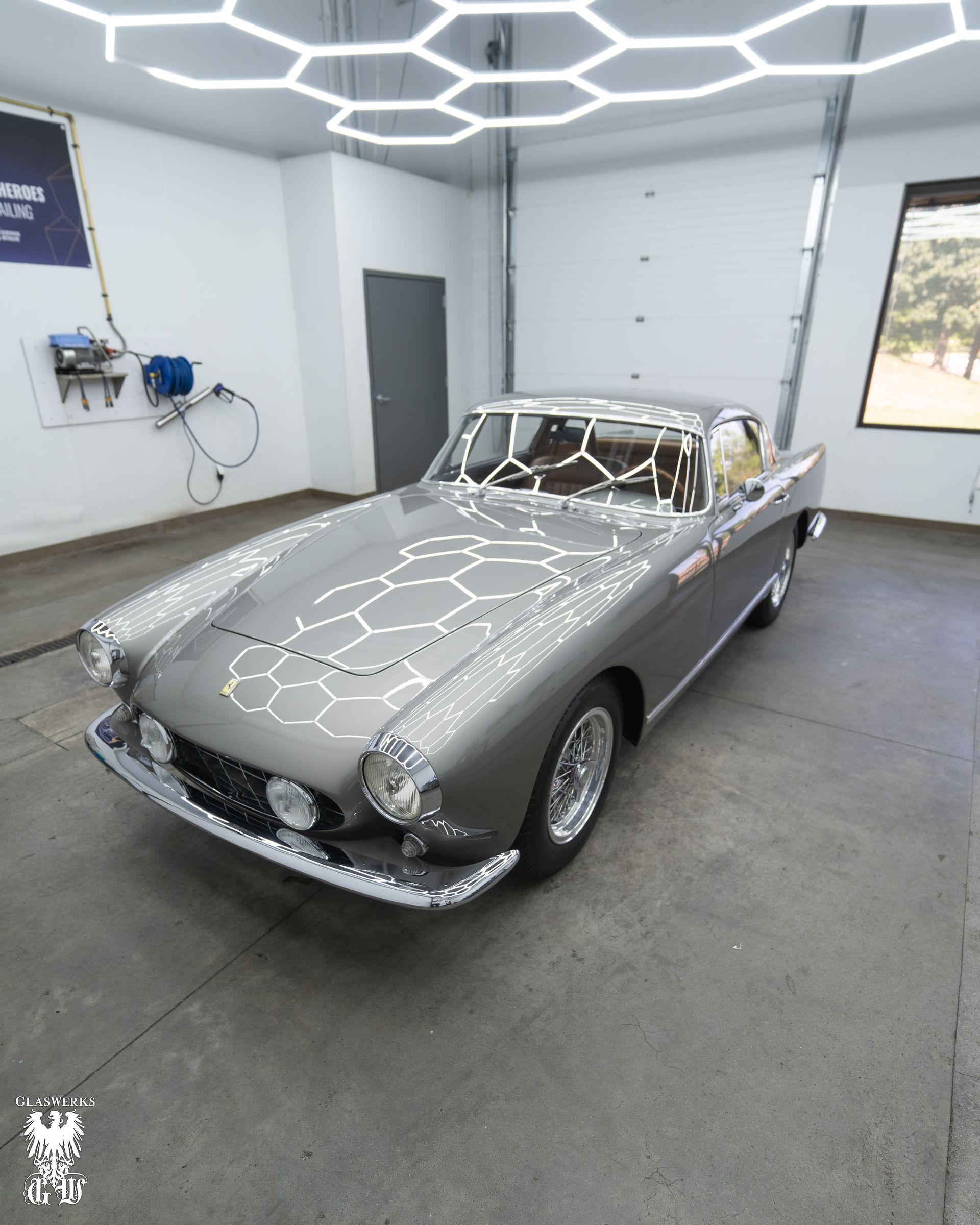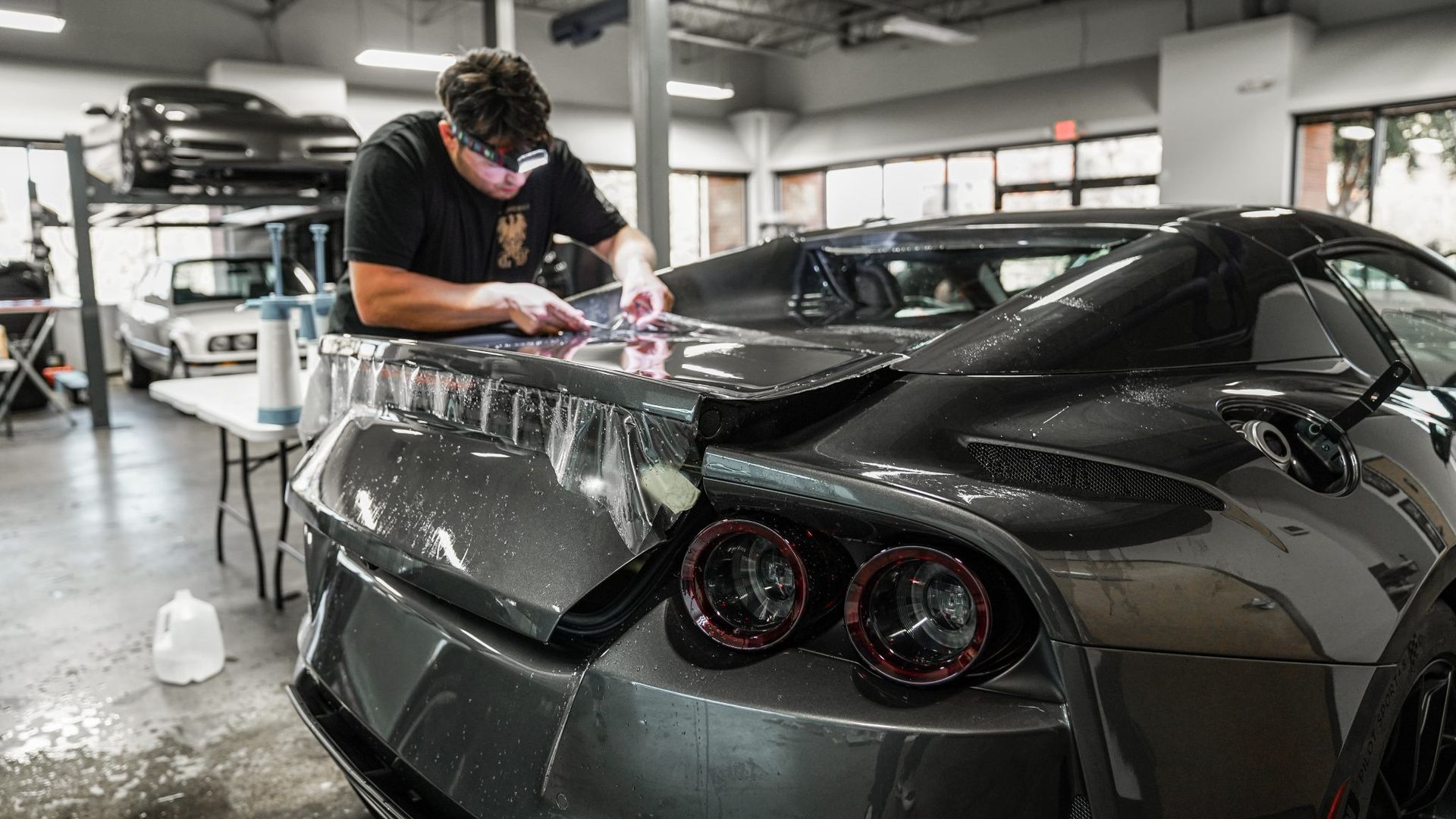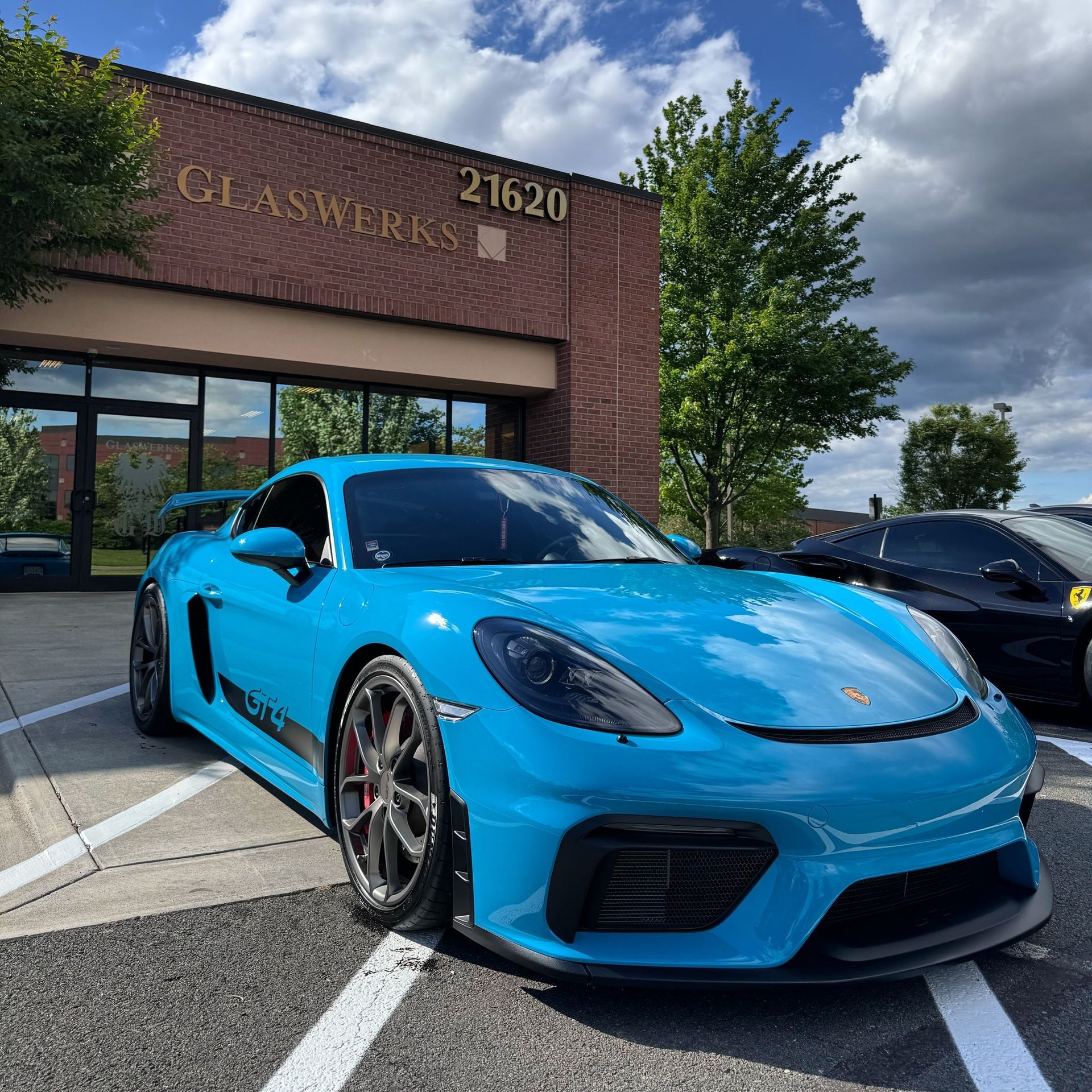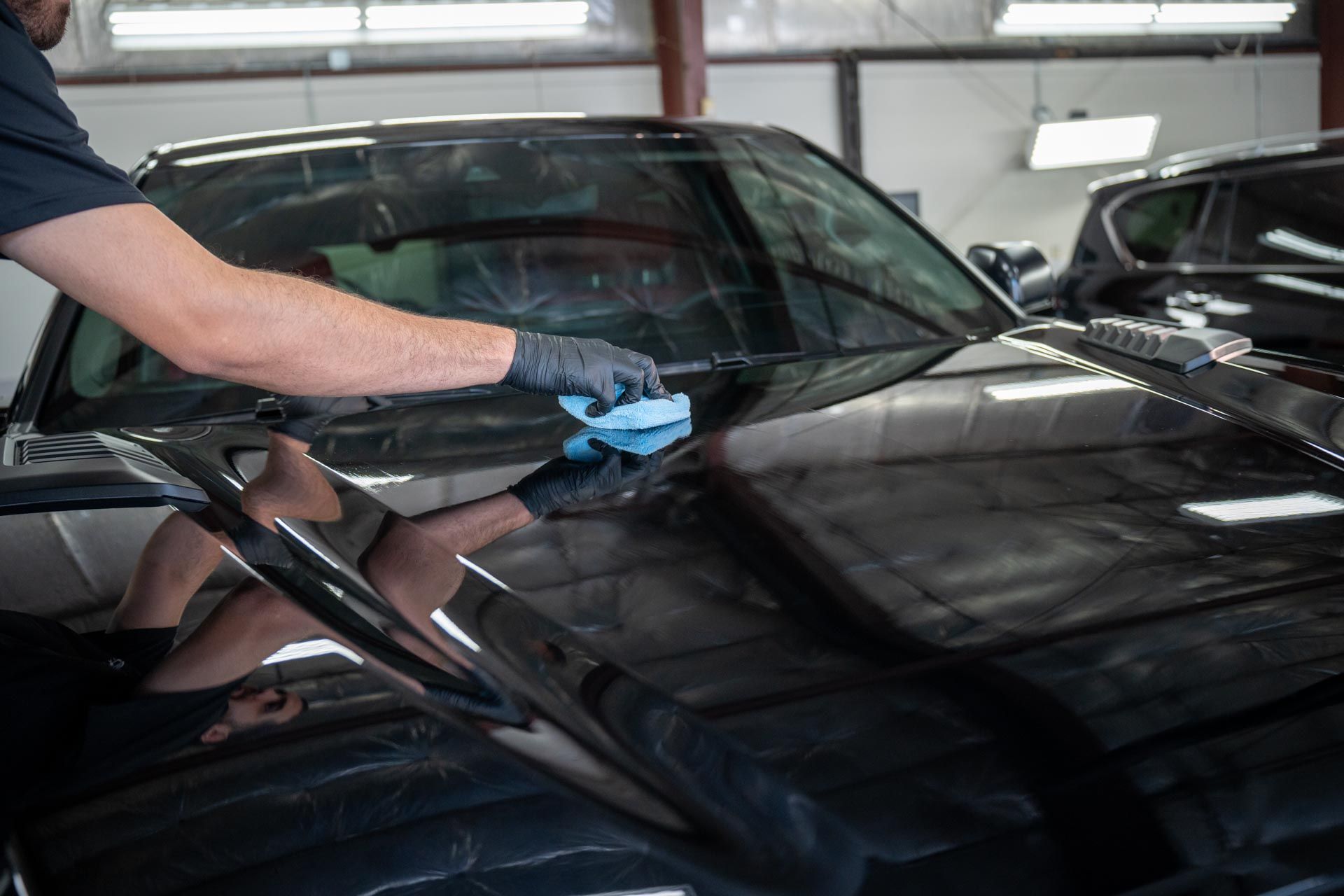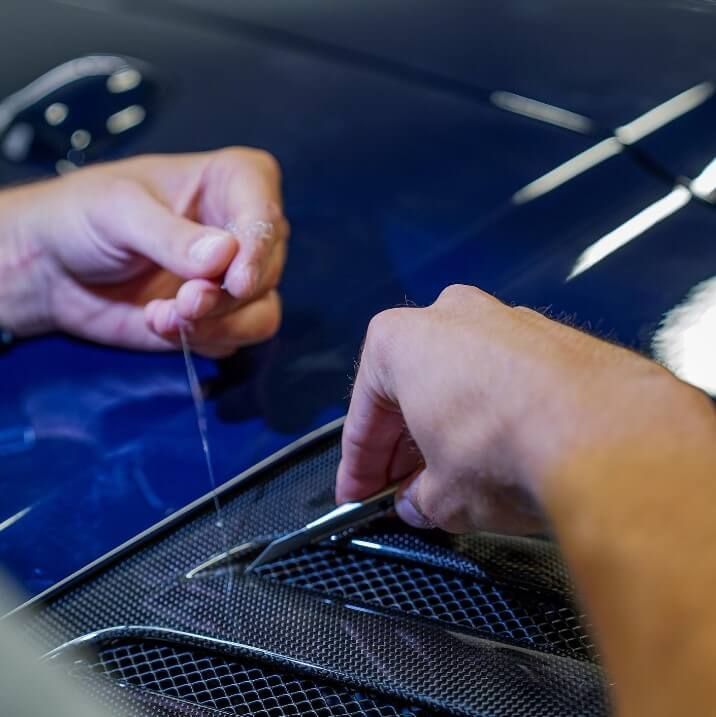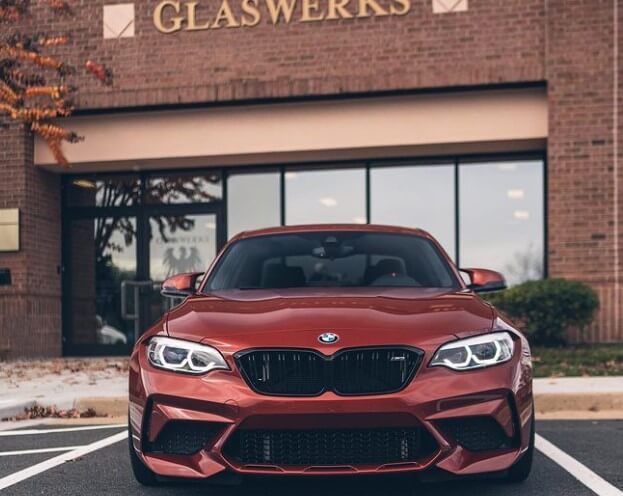
Have you ever wondered why your neighbor’s car always appears to gleam in the sun, untouched by the onslaught of road debris or Mother Nature’s wrath? A seemingly indiscernible layer of state-of-the-art scientific technology called paint protection film (PPF) could be the secret ingredient.
The Benefits and Durability of Car Paint Protection Film
This cutting-edge automotive enhancement promises brilliance and longevity. In this blog, we’ll delve into the technicalities behind paint protection film, including its benefits and durability, that will make you consider giving your vehicle protective armor right away!
PPF for Cars: The Science Behind It
Paint protection film is quickly becoming the go-to option for car owners in Sterling, VA, who want to keep their paint in pristine condition.
But what exactly is the science behind this cutting-edge product?
PPF consists of multiple layers designed to provide a durable shield for your vehicle’s paint. It is typically composed of a clear polyurethane film that acts as a sacrificial layer, absorbing and dispersing the impact of road debris, scratches, and minor abrasions.
Think of it like having an invisible suit of armor on your car’s exterior. Just as armor shields a warrior from harm during battle, PPF protects your car from the harsh elements of the road.
It utilizes advanced technologies to ensure maximum protection while maintaining the vehicle’s aesthetic appeal.
Compositional Elements and How They Protect
To understand how paint protection film provides effective protection, it is crucial to examine its compositional elements and how they function together.
The key components of PPF include:
- Polyurethane: This is the base material of the film and provides flexibility and resistance against impacts.
- Adhesive Layer: This layer ensures proper adhesion to the vehicle’s surface, allowing for a seamless application.
- Clear Coat: The topmost layer is a clear coat with self-healing properties. It helps to maintain the glossy appearance by removing minor scratches or swirl marks through heat activation.
The polyurethane layer of paint protection film absorbs the impact when road debris, such as small rocks or gravel, strikes your car’s surface, protecting the underlying paintwork. This layer protects your car’s delicate finish from bird droppings, bug splatter, and UV rays that can fade or discolor it.
The adhesive layer ensures a strong and secure bond between the film and your car’s surface, making it difficult for the PPF to peel or lift off under normal conditions. The clear coat layer enhances protection by self-healing minor scratches or swirl marks that may occur during regular use.
- In terms of durability, a study by the Vehicle Protection Association discovered that premium PPF could last up to 10 years, depending on climate and maintenance.
- The Bureau of Labor Statistics reported that over 52% of automotive body repairs also necessitate paintwork, implying a significant need for paint protection measures like PPF.
- According to a NASA tech brief, modern PPF’s UV resistance can block nearly 99% of harmful ultraviolet rays, preserving the car’s original color and reducing sun-induced fading.
Impact of Film Thickness
The thickness of car paint protection film is an important factor that directly influences its durability and effectiveness. The thickness of the film affects both protection and aesthetics.
A thicker film provides a more substantial barrier against environmental hazards, shielding the vehicle’s paint from scratches, rock chips, and minor abrasions. Additionally, a thicker film can also help to smooth out surface imperfections, enhancing the overall appearance of the car.
It’s important to note that while a thicker film offers increased protection, it may also be more visible on the vehicle’s surface. Striking a balance between thickness and aesthetics is key when applying paint protection film.
PPF Shields Against Environmental Hazards
Car paint protection film acts as armor for your vehicle against various environmental hazards that can damage its exterior finish over time. Rock chips brought on by errant gravel or other debris kicked up from the road are one of the main threats it protects against.
These small projectiles can cause deep scratches and dents, compromising the integrity of the paint job. Another hazard that paint protection film defends against is bird droppings, which are unsightly and can also etch into the clear coat if left unattended.
In addition, the film serves as a barrier against UV rays from the sun, preventing them from fading and degrading the pigments in your car’s paint. By acting as a sacrificial layer, paint protection film ensures your vehicle’s exterior remains pristine and well-protected from these common environmental threats.
Given its ability to provide an extra layer of defense against environmental hazards, let’s now explore how car paint protection film plays a significant role in shielding your vehicle from UV ray damage.
Role in UV Ray Defense
Car paint protection film acts as armor for your vehicle against various environmental hazards that can damage its exterior finish over time. Rock chips brought on by errant gravel or other debris kicked up from the road are one of the main threats it protects against.
These small projectiles can cause deep scratches and dents, compromising the integrity of the paint job. Another hazard that paint protection film defends against is bird droppings, which are unsightly and can also etch into the clear coat if left unattended.
In addition, the film serves as a barrier against UV rays from the sun, preventing them from fading and degrading the pigments in your car’s paint. By acting as a sacrificial layer, paint protection film ensures your vehicle’s exterior remains pristine and well-protected from these common environmental threats.
Given its ability to provide an extra layer of defense against environmental hazards, let’s now explore how car paint protection film plays a significant role in shielding your vehicle from UV ray damage.
Vehicle Paint Protection Film Application Process
Applying paint protection film to your car is a meticulous process that requires skill and precision. A professional installer follows a series of detailed steps to ensure flawless installation and optimal performance.
From preparing the vehicle’s surface to carefully aligning and trimming the film, each step contributes to the longevity and effectiveness of the PPF. Imagine a skilled installer meticulously cleaning the car’s surface, removing any dirt, dust, or contaminants that could hinder proper adhesion.
They would then apply a special solution to further prep the surface, ensuring it was ready for the PPF. Next, they carefully position and align the film, using specific techniques to minimize any potential imperfections.
Finally, they expertly trim the film to fit seamlessly into the vehicle’s contours.
By diving into the application process, we can appreciate the attention to detail required to achieve outstanding results with car paint protection film.
Detailed Steps in Installation
Applying paint protection film involves several intricate steps that guarantee a high-quality and durable result.
Let’s explore these steps in more detail:
- Preparation: The vehicle’s exterior is thoroughly cleaned and prepped to ensure no debris or contaminants interfere with adhesion. This includes washing, claying, and often using specialized solutions to remove any remaining residue.
- Template Creation: Professional installers may create custom templates or use computer software to generate precise patterns based on the vehicle’s make and model. These templates guide them during installation, ensuring accurate placement.
- Film Application: The paint protection film is carefully positioned on the cleaned surface using various methods, such as wet application or dry application. Skilled installers take extra care to prevent air bubbles or wrinkles from forming during this stage.
- Smoothing and Trimming: Once applied, installers use squeegees or other tools to smooth out the film and remove any trapped air. They also trim the edges meticulously to ensure a seamless fit that blends with the vehicle’s contours.
- Curing: After installation, the film requires time to cure and bond fully with the paint surface. This curing process helps enhance the film’s durability and longevity, strengthening its protective capabilities.
With these detailed steps, it becomes evident that installing car paint protection film is a highly specialized process that requires expertise and precision to deliver exceptional results in Sterling, VA.
Evaluating the Paint Protection Film Benefits
When considering car paint protection film, it is essential to evaluate the numerous benefits it offers. This protective layer serves as a shield against various hazards, ensuring the longevity and appearance of your vehicle.
One significant advantage of paint protection film is its ability to keep your car’s exterior from chemicals, dirt, rocks, sun, salt, water, and other environmental influences. Sterling, VA, is no stranger to harsh weather conditions and road debris, making this protection even more valuable.
Because of its hydrophobic properties, paint protection film is an excellent choice for places like Sterling, Virginia, where precipitation is common. It repels water and prevents rust while also protecting the painted surface and bodywork from chemical etchings.
Finally, weighing the pros and cons of paint protection film reveals its importance in protecting your vehicle from the elements, preserving its value, and improving its appearance. Whether you are driving in bad weather or on congested roads, this protective layer acts as a shield against potential damage.
By investing in high-quality PPF, you are not only protecting the appearance of your vehicle but also ensuring its longevity and visual appeal.
Boost Your Driving Experience & Keep Your Car Protected with STEK PPF installation in Sterling, VA
Here at GlasWerks DMV, we go beyond traditional protective measures. With the meticulous application of high-quality paint protection film such as STEK Dynoshield from STEK USA, our experts ensure a seamless fit, conforming to your vehicle’s curves with a precision that surpasses industry standards.
By combining state-of-the-art protection with aesthetic enhancement, your vehicle will be transformed into a symbol of automotive sophistication.
With GlasWerk’s expert paint protection film installation in Sterling, VA, you can drive with confidence, knowing that your car is not only shielded but also adorned with the pinnacle of protective luxury. We will improve your driving experience by not only protecting but also beautifying your vehicle.
Visit us online today or give us a call for more information and to request an appointment!
